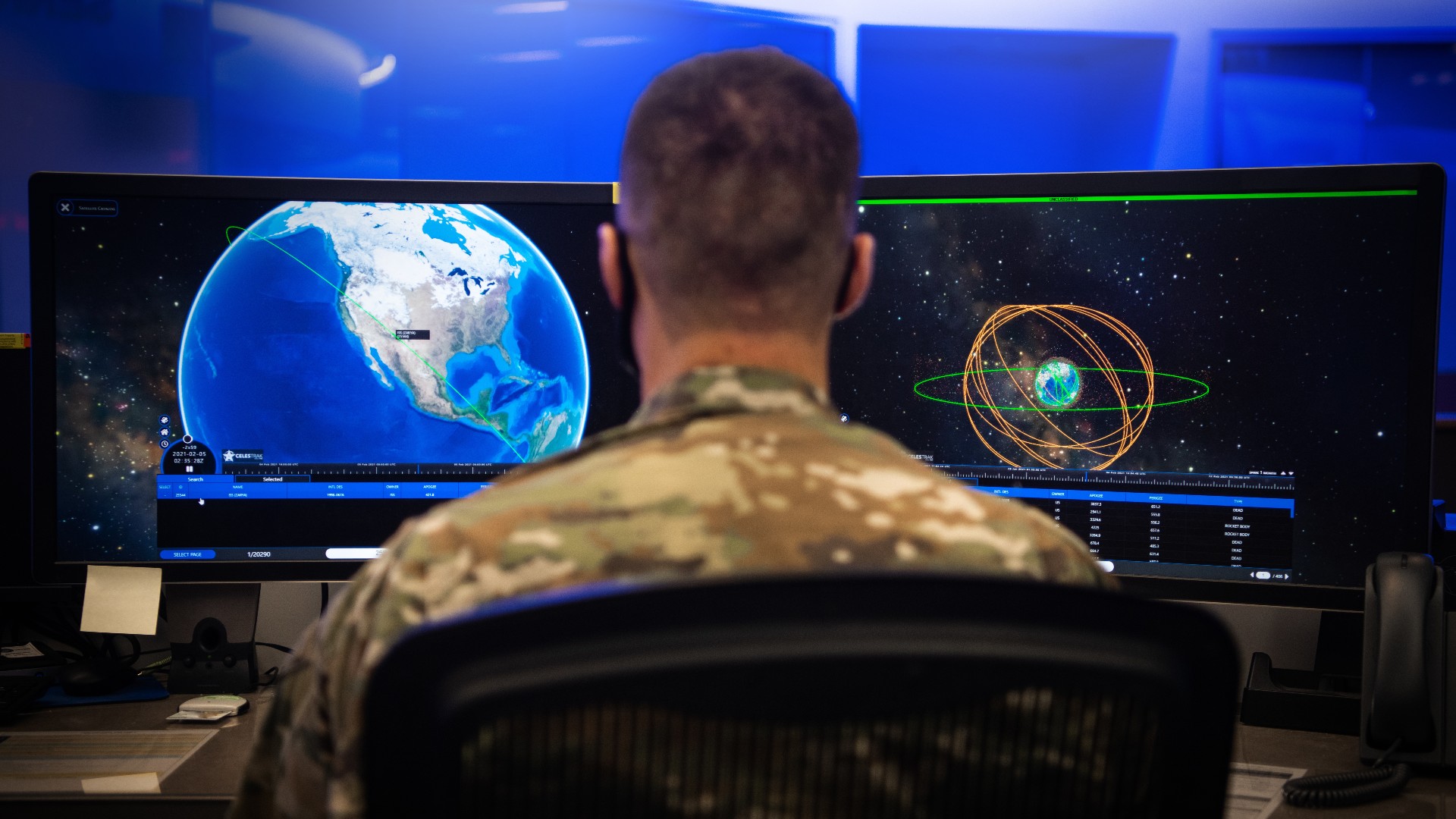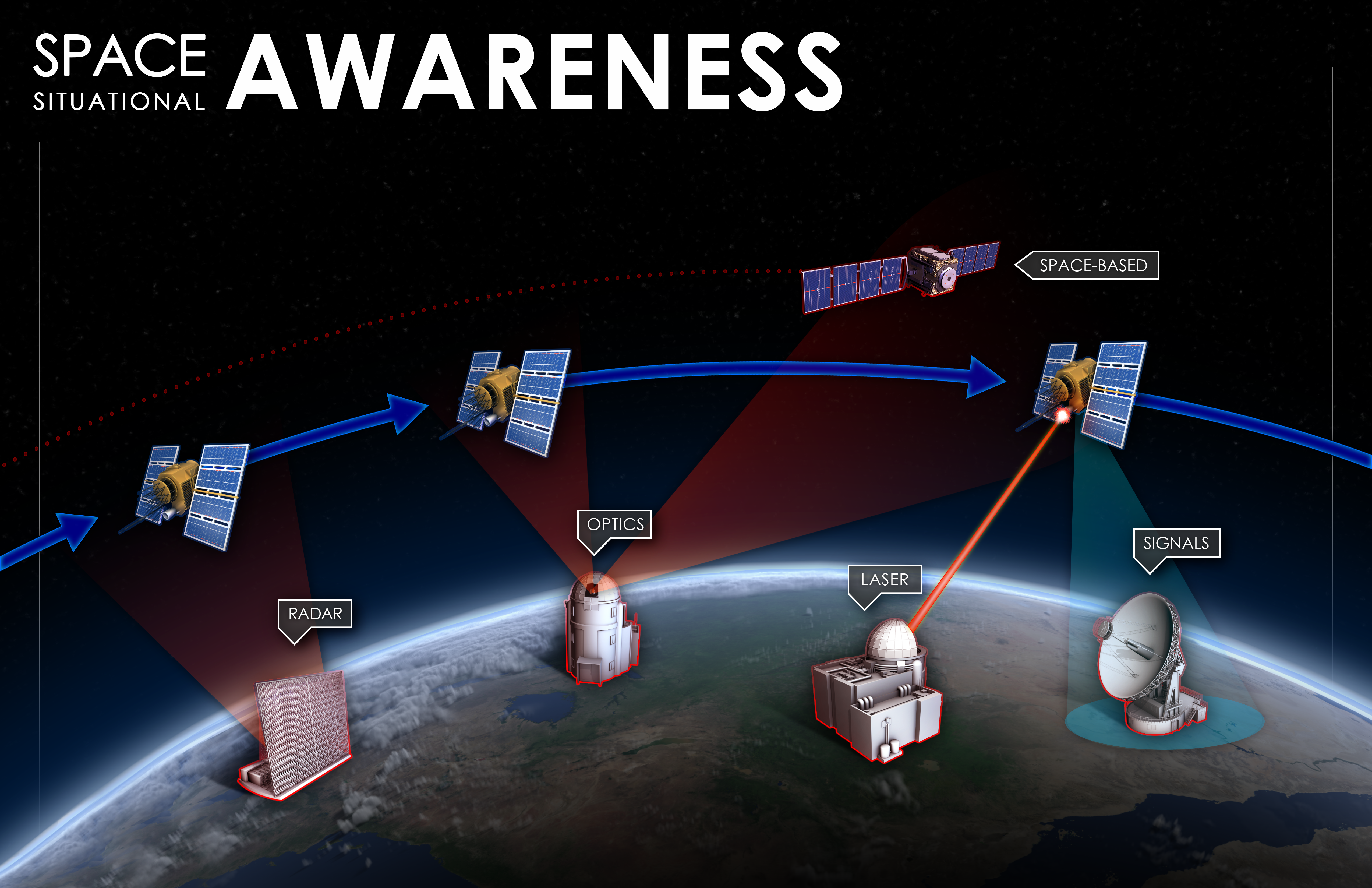
The U.S. Space Force wants to be able to identify and track mysterious objects in orbit.
The Space Force's Space Training and Readiness Command, or STARCOM, which is tasked with educating and training U.S. Space Force personnel, recently published a document titled "Space Doctrine Publication 3-100, Space Domain Awareness" that outlines what space domain awareness (SDA) is and how to establish and maintain it. In a nutshell, SDA means being able to identify, understand, track and maintain custody of all of the various objects in orbit around Earth.
Most of the document describes the need to maintain a safe environment by monitoring and tracking such objects as pieces of space debris, the ever-growing number of commercial satellites, spacecraft operated by adversaries, and "the hazards posed by the space environment and natural debris" such as meteoroids or solar flares.
However, the document goes on to note that operating safely in space also requires "the ability to rapidly identify and respond to threats and hazards, including objects that exhibit abnormal observables and patterns of life and cannot by correlated to any owner or point of origin." So what might these objects be?
Related: US Space Force establishes new unit to track 'threats in orbit'
Most of the time, these are objects launched by other nations. The STARCOM document points out that it is "imperative for the safety of space operations that the United States not only knows where objects and spacecraft are at any given time, but also how they got there, who owns them, their potential capabilities, and their operator's intent."
The publication goes on to outline the many ways this ability can be achieved, including the use of radar systems, infrared and optical sensors, radio frequency monitoring, orbital space weather stations, and by using information produced by the intelligence community.

Still, even with the multitude of ways the U.S. Space Force and other organizations keep track of objects in Earth's orbit, recent events demonstrate how some can go unattributed.
In one example from early 2022, a rogue rocket was seen hurtling toward the moon. While most observers noted the rocket was likely a booster from China's Chang'e 5-T1 lunar mission, China itself denied the claim.
China's reusable space plane has also been observed releasing unknown payloads into orbit as recently as October 2022.
Earlier, in 2014, space tracking stations observed an unknown object alongside three Russian satellites. It was believed to be either an anti-satellite device or an inspector spacecraft, but it ultimately remained unidentified.
In light of these and other developments, the Space Force is attempting to keep a closer eye on what's going on in orbit. In October 2023, Space Force's Space Systems Command selected several private companies to help accelerate the development of new technologies related to space domain awareness, according to SpaceNews.
Earlier this year, United Launch Alliance launched the Space Force's secretive Silent Barker spacecraft, designed to be a "watchdog" over satellites in geosynchronous orbit, the region of space some 22,236 miles (35,786 kilometers) up that allows spacecraft to remain stationary above fixed points on Earth.
And in 2022, the Pentagon created AARO, the All-Domain Anomaly Resolution Office, whose mission is to attempt to detect, identify and attribute "anomalous, unidentified space" objects, as well as those in air or water, or those that appear to travel between these domains. So far, the office has found "no credible evidence" that any of these anomalous objects are extraterrestrial in origin.
But despite the need for more awareness of what is in space and who might be operating it, "space domain capabilities for space awareness are still lagging," Space Force's Chief of Space Operations Gen. B. Chance Saltzman said in April 2023.







